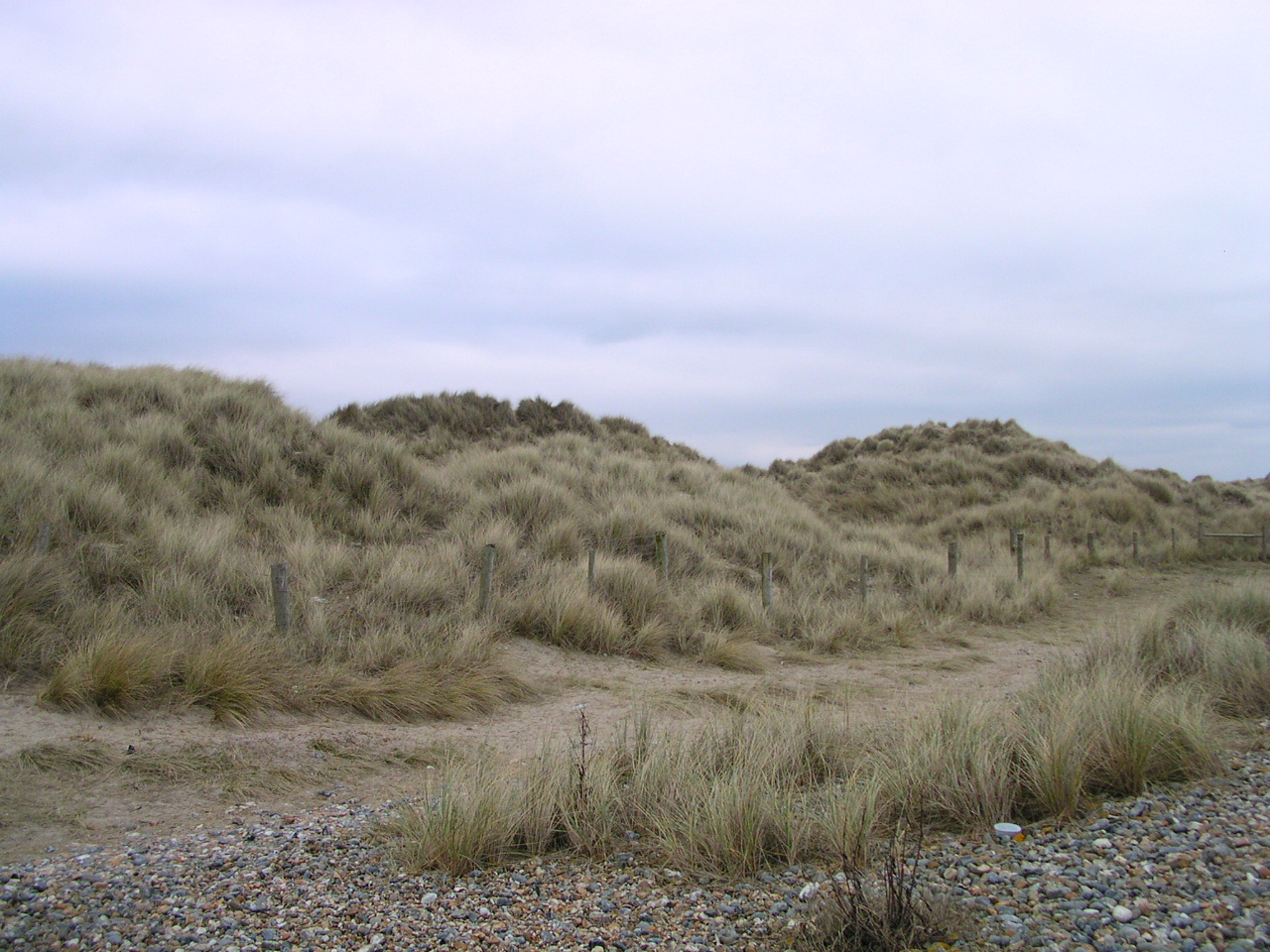Climping Sand Dunes on:
[Wikipedia]
[Google]
[Amazon]
 Climping Sand Dunes are a system of
Climping Sand Dunes are a system of
Habitat action plan for Sussex
Retrieved 29 Sept 2008 The beach at Climping is broad in the west but narrows to the east. Plant communities include
dunes
A dune is a landform composed of wind- or water-driven sand. It typically takes the form of a mound, ridge, or hill. An area with dunes is called a dune system or a dune complex. A large dune complex is called a dune field, while broad, f ...
at Climping
Climping (also spelt as Clymping) is a village and civil parish containing agricultural and natural sandy land in the Arun District of West Sussex, England. The parish also contains the coastal hamlet of Atherington. It is three miles (5 km) ...
in the Arun District of West Sussex
West Sussex is a county in South East England on the English Channel coast. The ceremonial county comprises the shire districts of Adur, Arun, Chichester, Horsham, and Mid Sussex, and the boroughs of Crawley and Worthing. Covering an a ...
, England
England is a country that is part of the United Kingdom. It shares land borders with Wales to its west and Scotland to its north. The Irish Sea lies northwest and the Celtic Sea to the southwest. It is separated from continental Europe ...
located west of Littlehampton
Littlehampton is a town, seaside resort, and pleasure harbour, and the most populous civil parish in the Arun District of West Sussex, England. It lies on the English Channel on the eastern bank of the mouth of the River Arun. It is south sou ...
. The eastern end of the dunes adjoins the River Arun
The River Arun () is a river in the English county of West Sussex. At long, it is the longest river entirely in Sussex and one of the longest starting in Sussex after the River Medway, River Wey and River Mole. From the series of small str ...
and Littlehampton Redoubt.
Vegetation at Climping
Vegetation such asMarram Grass
''Ammophila'' (synonymous with ''Psamma'' P. Beauv.) is a genus of flowering plants consisting of two or three very similar species of grasses. The common names for these grasses include marram grass, bent grass, and beachgrass. These grasses ar ...
is essential for dunes to work, dominating the stabilised parts of the dunes. Other grasses that grow there include Dune Fescue
''Vulpia fasciculata'', the dune fescue, is a species of annual herb in the family Poaceae
Poaceae () or Gramineae () is a large and nearly ubiquitous family of monocotyledonous flowering plants commonly known as grasses. It includes the c ...
and Red Fescue
''Festuca rubra'' is a species of grass known by the common name red fescue or creeping red fescue. It is widespread across much of the Northern Hemisphere and can tolerate many habitats and climates. It is best adapted to well-drained soils in ...
. Dogs off leads can easily run around the dunes, and destroy the vegetation. Horses being ridden over the dunes will have a similar effect. The Climping dunes are an SSSI ( Site of Special Scientific Interest). In 2006 the total number of full species at Climping Gap stood at 256. It supports important populations of wintering birds and the numbers of wintering Sanderling
The sanderling (''Calidris alba'') is a small wading bird. The name derives from Old English ''sand-yrðling'', "sand-ploughman". The genus name is from Ancient Greek ''kalidris'' or ''skalidris'', a term used by Aristotle for some grey-colour ...
, in particular, are of European significance. Vegetated shingle beaches are a nationally uncommon habitat.Retrieved 29 Sept 2008 The beach at Climping is broad in the west but narrows to the east. Plant communities include
Yellow horned poppy
''Glaucium flavum'', the yellow horned poppy, yellow hornpoppy or sea poppy, is a summer flowering plant in the family Papaveraceae. It is native to Europe, Northern Africa, Macaronesia and temperate zones in Western Asia. The plant grows on t ...
, Sea Kale
''Crambe maritima'', common name sea kale, seakale or crambe, is a species of halophytic (salt-tolerant) flowering plant in the genus '' Crambe'' of the family Brassicaceae. It grows wild along the coasts of mainland Europe and the British ...
, Sea Beet
The sea beet, ''Beta vulgaris'' subsp. ''maritima'' ((L.) Arcangeli.), is a member of the family Amaranthaceae, previously of the Chenopodiaceae. Carl Linnaeus first described ''Beta vulgaris'' in 1753; in the second edition of ''Species Plantarum ...
, Curled Dock, Eryngium maritimum
''Eryngium maritimum'', the sea holly or sea eryngo, or sea eryngium, is a perennial species of flowering plant in the family Apiaceae and native to most European coastlines. It resembles a plume thistle in appearance on account of its burr-sha ...
, Sand Catchfly
''Silene conica'' is a species of flowering plant in the family Caryophyllaceae known by the common names striped corn catchfly and sand catchfly. It grows in dunes and sandy soils and is widespread in Europe and western Asia. It has an annual l ...
, Viper's Bugloss and Nottingham Catchfly
''Silene nutans'' is a flowering plant in the genus ''Silene'', most commonly known as Nottingham catchfly.
Description
''Silene nutans'' is a diploid, mainly outcrossing, herbaceous, perennial plant.
It grows up to tall, from a branching, wood ...
.
References
Environment of West Sussex {{WestSussex-geo-stub